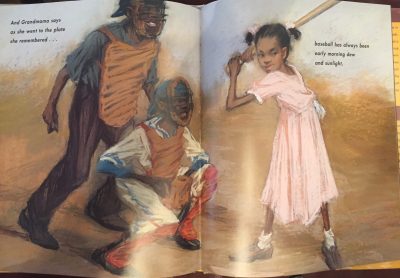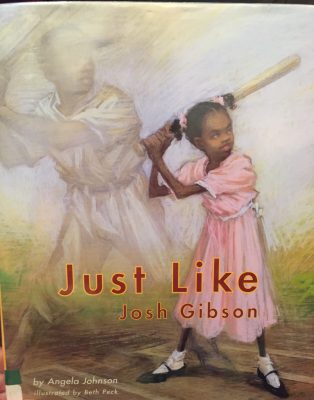
Title: Baseball Saved Us
Author: Ken Mochizuki
Illustrator: Dom Lee
Publisher: Lee & Low Books (1993)
Pages: 28 (15 w/ text including author’s note)
Tags: Baseball. Japanese-Americans. World War II. Japanese Internment Camps. 2-6
Genre: Historical Fiction
The story follows an unnamed Japanese-American boy who is living in the internment camps during the years of America’s involvement in WWII. Told through the boy’s perspective we get a sense of what life was like a short time before being forced to move into the camps, what the moving process was like, and adjusting to live in the camps; as well as life after the camps. While in the camp the community who is incarcerated works together to build as baseball field to have an outlet for ever-increasing tension with life as it was then. As a result of the struggle and game-playing during this time, once the child starts to assimilate back into school, depicted as a not-so-easy process, he finds a place with the baseball team with other children.
This book shares a facet of life in the internment camps and life after the internment camps presented in such a way that this book can be shared with younger audiences. I think second grade could be appropriate, but it could be shared with even younger children, in my opinion, depending on the maturity of the class. The book is focused on Japanese-Americans in in internment camps, so this could go well in hand with any discussion or lesson that is being had about WWII. The majority of the book is while the child and his family is in the internment camps. The illustrator does a good job with the coloration of these pictures because that scenery is arid, dry and hot, where the heat and dryness not only affects the way the viewer sees the setting, but also is a physical representation of the anger and the frustration that the characters feel given the situation. This is expressed in the language as well on the very first page where the father exclaims that “But, it’s wrong that we’re here, we’re Americans too!” Similarly, the child’s older brother behaves indignantly toward his father and he is shown with an angry/apathetic expression as well. A demonstration of the misplaced aggression on the adults for being unable to change their situation. This motivates the construction of the baseball field itself, an implicit way to exert this anger.
This point is summed up well at the young boy’s turn to bat. At first he says as the guard is watching over everything the community does, from the construction of the field to the game-play, it is a motivation to perform better. At first I thought this was problematic, however, on the next page, the boy details the image of the guard–a sort of animatronic looking character—and how he suddenly feels so angry and determined to hit the ball with all his might. This is his anger at the situation and at the people who put him and his family in that situation.
The child, our main character, is also often depicted as isolated and small. From the beginning of the book where he is describing the attitudes of white children towards him as the historical events lead up to Pearl Harbor, he stands with a great deal of space between himself and other children; the other children pointing their bodies in directions away from him. Similarly, when arriving at his new school, he is shown eating lunch alone and has his head looking down in a guarded position. At this point the book explains how the racial slur the white children use expresses hate, explicitly the child feels a specific hate toward himself from these children. Again the child struggles at the bat, but the other teams pitcher reminds him of the guard at the camp, and he feels his determination and focused anger swell again, and he hits the ball over the fence. The ball, I think, is the child himself, and he is able to hurl himself over the hatefulness and anger, the fence, and the game itself a tool to break barriers of discrimination. Baseball is just the game itself in the book, but it allows, possibly forces, cooperation and unity. The last picture is the boy being embraced, joyfully, by his teammates.


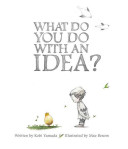
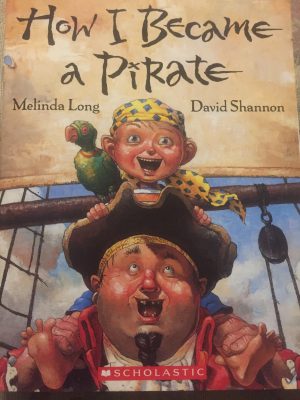

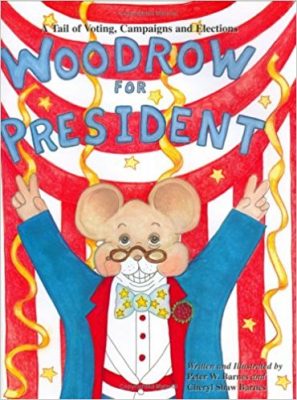
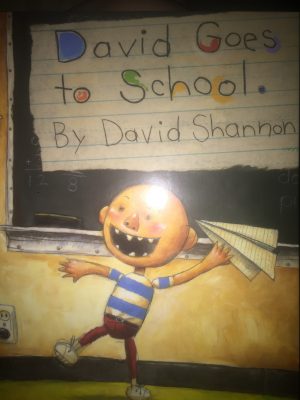
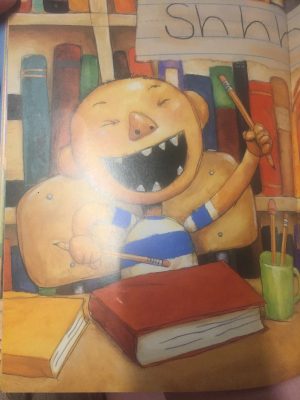
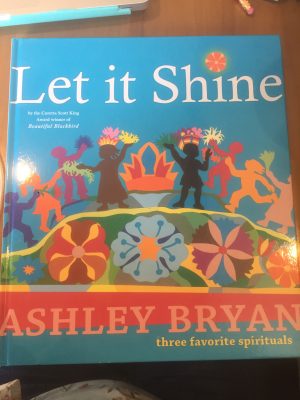
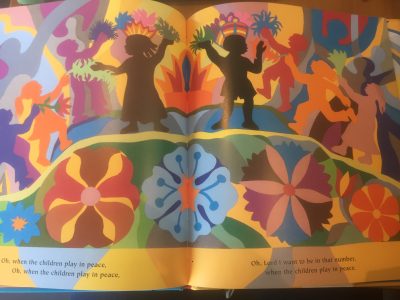
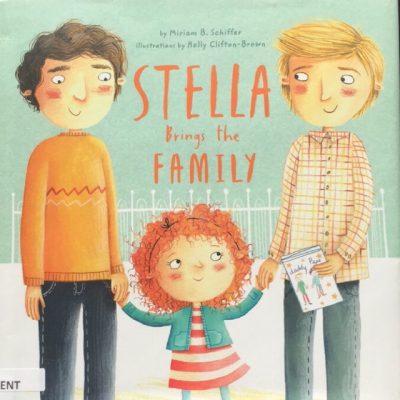
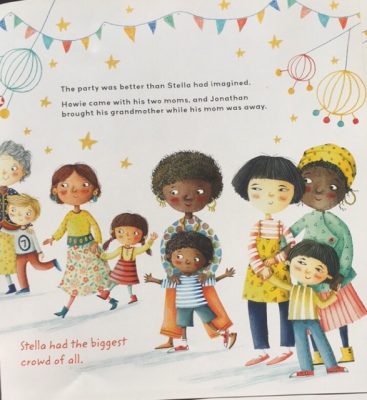 colored in using water colors. The characters in the story are more cartoon-like than realistic. The characters also appear to be very culturally diverse. There are a lot of bright colors and patterns used throughout the story and Stella is typically the main focal point on each page being drawn at the center and, in many cases, larger than the other characters on the page. There is not an author’s note or a glossary in the story but there is a summary of the book on the inside of the front cover that breaks down the story well. This may be beneficial to read to students after reading the book to really emphasize that Stella’s family is just like any other family even though it may appear different to others on the outside.
colored in using water colors. The characters in the story are more cartoon-like than realistic. The characters also appear to be very culturally diverse. There are a lot of bright colors and patterns used throughout the story and Stella is typically the main focal point on each page being drawn at the center and, in many cases, larger than the other characters on the page. There is not an author’s note or a glossary in the story but there is a summary of the book on the inside of the front cover that breaks down the story well. This may be beneficial to read to students after reading the book to really emphasize that Stella’s family is just like any other family even though it may appear different to others on the outside.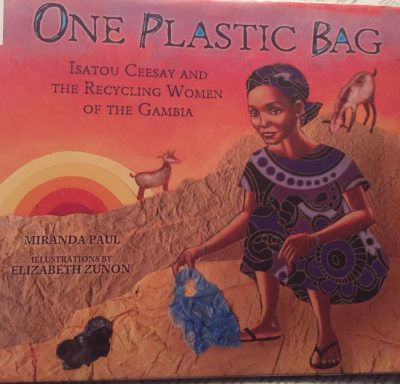 This is a true story about a woman from Njau, Gambia. Her name is Isatou Ceesay. Isatou walks to pick fruit and brings it back to her village in a palm-leaf basket. On her way to her village, the basket breaks and the fruit tumbles to the ground. Nearby, she finds a plastic bag in which she is unfamiliar with. She realizes that she can carry her fruit in the plastic bag and brings it back to her village to show her grandmother. Isatou’s grandmother is displeased with the bag, telling Isatou that it is made of plastic and there is a lot of plastic in the city. As the days pass, Isatou notices more and more people utilizing these plastic bags. Isatou begins using plastic bags to carry all of her belongings and when the bags would break she would leave them on the ground thinking they will disappear into the dirt just like her palm-leaf basket did. The other villagers believe this to be true as well but that is not the case. The plastic bags do not
This is a true story about a woman from Njau, Gambia. Her name is Isatou Ceesay. Isatou walks to pick fruit and brings it back to her village in a palm-leaf basket. On her way to her village, the basket breaks and the fruit tumbles to the ground. Nearby, she finds a plastic bag in which she is unfamiliar with. She realizes that she can carry her fruit in the plastic bag and brings it back to her village to show her grandmother. Isatou’s grandmother is displeased with the bag, telling Isatou that it is made of plastic and there is a lot of plastic in the city. As the days pass, Isatou notices more and more people utilizing these plastic bags. Isatou begins using plastic bags to carry all of her belongings and when the bags would break she would leave them on the ground thinking they will disappear into the dirt just like her palm-leaf basket did. The other villagers believe this to be true as well but that is not the case. The plastic bags do not  decompose and they begin piling up in many places, making her village ugly. The goats in the village start to get sick because they are eating the plastic bags. Isatou knows she has to pick up the bags around the village and make use of them. She started crocheting them into little purses and brings them to the city to sell. People love the purses and her village is beautiful again.
decompose and they begin piling up in many places, making her village ugly. The goats in the village start to get sick because they are eating the plastic bags. Isatou knows she has to pick up the bags around the village and make use of them. She started crocheting them into little purses and brings them to the city to sell. People love the purses and her village is beautiful again.